School Project – Gurugram house sufficiently large reinforcement sections In 1959, uPVC windows started an unrivaled success story, covering all five continents, five decades later. It seems that history is repeating itself, every time uPVC fenestration enters a new market, confusing and contradictory information is being released to architects, builders, potential fabricators, and the general public. India is no exception, hence Encraft’s attempt to highlight important considerations when selecting a uPVC profile system.
Post your Requirement
Enquire Now for Window Frame & Profiles
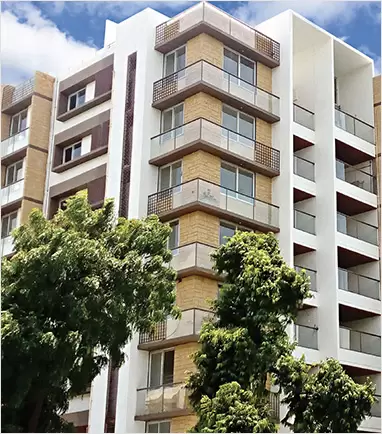 Shree Parshwa Antilia, Ahmedabad
Shree Parshwa Antilia, Ahmedabad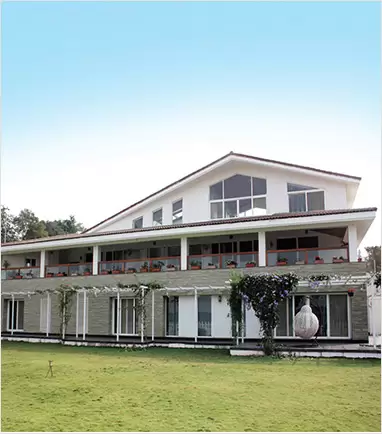 Farm House in Pune
Farm House in Pune-
- Ensure that the uPVC profile system you are buying is from a reputable brand meeting the European standard EN 12608-1:2016 (uPVC profile standard) and the uPVC profiles are 100per cent lead-free. Ideally, the uPVC window and door systems design shall reflect India’s unique fenestration requirements.
Enquire Now for UPVC Doors
- Ensure that the manufacturer of the uPVC window and door system shall be able to provide a test report/test certificate that covers at least 8000 hours of artificial weathering testing in accordance with EN 513 which is included in EN 12608, the uPVC profile standard. Please note EN 513 test results obtained for 6000 hours of European severe climate may not be sufficient for India’s tropical conditions.
- Confirm that the depth of the profile system can School Project – Gurugram house sufficiently large reinforcement sections to cope with local wind conditions, security and safety requirements.
- Ensure that the chosen steel reinforcement thickness is based on facts and calculations and shall not be below 1.0 mm thickness to ensure sufficient screw retention.
- Make sure that the hardware is of good quality meeting expected life cycle and corrosion resistance requirements. The hardware must be compatible with the window and door system. Also ensure that the strikers and keeps are designed to suit the profile system because performance, security and long-term durability will depend on those dedicated components.
- Ensure that the quality of the rubber gasket meets national or international standards, especially in terms of recovery rate, which is an important prerequisite for dynamic weather seals and long-term performance. Nowadays, modern gaskets are sulfur-free, recycle-able, and do not release carbon black whilst frame cleaning.
- Ensure that your uPVC system can provide solutions for modern European and traditional Indian fenestration applications. The system shall offer as much interchangeability as possible; it shall provide solutions for the various glazing requirements; it shall offer static coupling options and a comprehensive ancillary range to fulfill the needs of today’s Indian architecture.
- Confirm that you know more facts about the uPVC offering before purchasing and/or specifying because there are so many misleading misconceptions. Old, entrenched marketing arguments are still being promoted throughout India. Some of them, no one can really explain, for example, the genuine justification for thicker walled uPVC profiles, especially for emerging markets (like India) that are striving towards cost-effectiveness and raw material sustainability from day one.
Even European uPVC purists or uPVC hardliners can only come up with 3 ‘light-weight’ arguments for thicker walled profiles like better screw retention, increased weld strength, and frame U-Value reduction. Those historic arguments are easily refuted nowadays by facts and figures. Compliance with the European standard EN 12608-1:2016 makes any further discussion about profile quality and suitability, superfluous. NOTE: EN 12608-1:2016 covers uPVC profiles used in 28 EU countries, spread over two climatic zones and hundreds of country-specific fenestration applications.
In the absence of an Indian Standard for uPVC profiles, EN 12608-1:2016 has been chosen as the reference and benchmark. There are many more points to consider when starting in uPVC fenestration, but selecting the partner with the ‘right’ uPVC window system is probably the most important decision.
Enquire Now for UPVC Windows

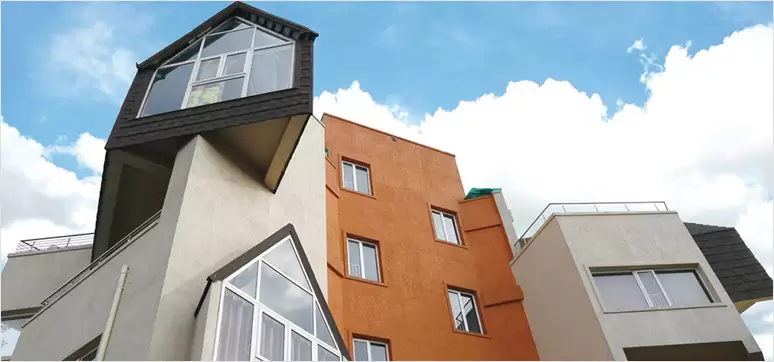
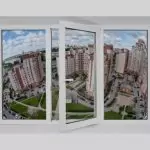

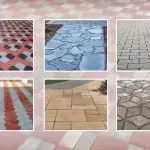
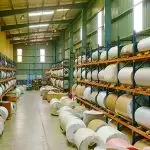

















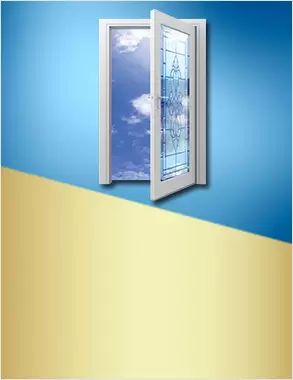

Post A Comment